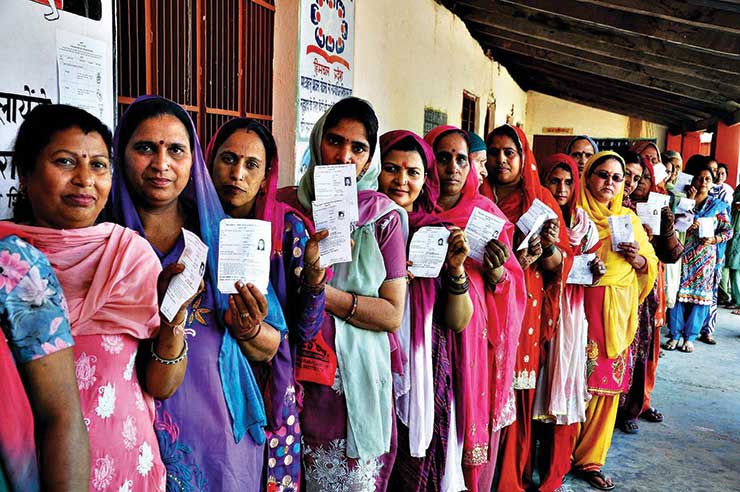
In 1957, while speaking on the defence budget in the Lok Sabha, well-known Gandhian J.B. Kripalani said, “The mounting expenses on the Army must be cut down. The followers of Gandhi and adherents of universal peace should not increase military expenditure.” Prime Minister Jawaharlal Nehru too had similar opinion. Five years later, when the Chinese launched a full-scale invasion, the Indian Army was completely unprepared for war while the air force was grounded.
More than half a century later, history seemed to be repeating itself. The war fighting capacity of the armed forces had been systematically degraded to such an extent that in 2012 then Army Chief General V.K. Singh was forced to raise an alarm that the army had ammunition of fighting only for four days. The army chief was frustrated because the then Defence Minister A.K. Antony allegedly sat on the critical defence procurement files. Even the indigenous Tejas Light Combat Aircraft was allegedly in danger of stalling.
The defence industry finally got a new lease of life after the 2014 elections. Prime Minister Narendra Modi, in his very first budget, signalled his resolve to pursue indigenisation as a strategic imperative by substantially increasing the allocation for the Defence Research and Development Organisation (DRDO). With the government determined to reduce import dependence in defence by 35-40 per cent, it is actively promoting indigenous defence manufacturing with initiatives such as ‘Make in India’ and policy reforms, including allowing 100 per cent Foreign Direct Investment (FDI).
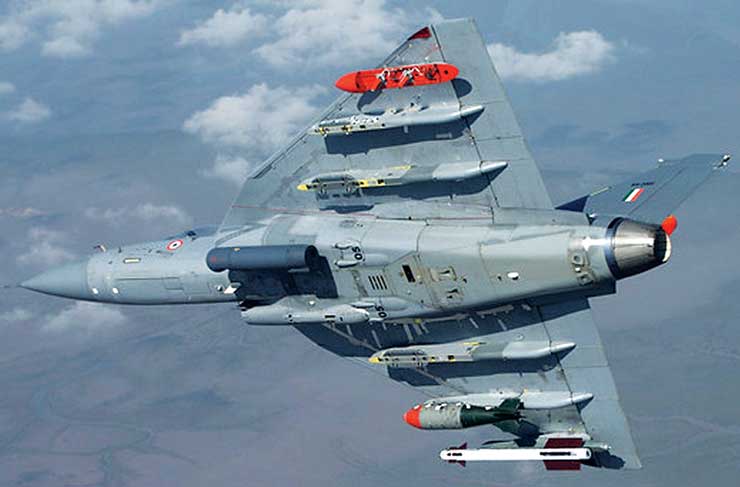
One of Modi’s first major decisions was to downsize the $20 billion-plus Rafale contract. This was a signal to the armed forces that from here on they have to look at homebuilt options. The list of orders given to the indigenous defence sector by the government is long – it covers attack helicopters, artillery, radars, missiles, aircraft carriers, submarines, drones, next generation warfare suites, and our own GPS system called NAVICS.
After the previous UPA government’s mediocre decade, the Modi government has gone into overdrive to meet long pending shortfalls. Take the Bofors howitzer which was purchased in 1987. Following the kickbacks scandal, no new gun was ordered despite the Indian Army requiring 1,800 artillery guns for fighting a collusive two-front war. It was the current government that gave an initial order of 114 Dhanush guns to the Ordnance Factory Board. The army is expected to order a total of 400 of these 152mm/45 calibre guns which have a range of 38 km.
Similarly, an order for 150 advanced towed artillery guns (ATAG) with a 45 km range has been awarded to Bharat Forge and Tata. Another order for 100 units of the K9 Vajra self-propelled artillery has gone to a South Korean-L&T joint venture.
In 2015, the government approved the purchase of seven Akash SAM squadrons for the IAF and two regiments for the army at a cost of Rs 20,000 crore. DRDL has doubled the production of Akash to 100 per month.
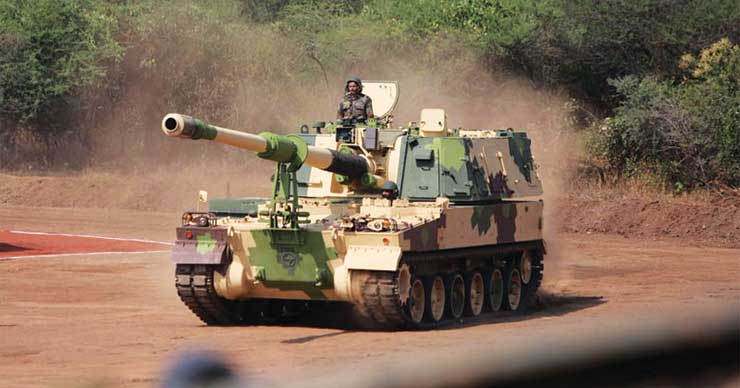
Instead of ordering 126 single-engine fighters from Lockheed or Saab, the present government ordered 83 brand new Tejas MK1A at a cost of Rs 50,000 crore. To fast-track deliveries, the government sanctioned Rs 1,238 crore for a second production line, allowing HAL to deliver 16 Tejas fighters annually by 2020. What’s more, the Tejas MK 2 design has been finalised and the first prototype is set to fly by December 2022. The IAF has shown interest in acquiring 200 of these newer Tejas jets.
What’s different about the current indigenisation push is the sweeping nature of the ‘Make in India’ initiative. While big-ticket weapons always hog headlines, the reality is that wars are won by the humble infantry soldier. In this backdrop, the government is not losing sight of the micro level. It has green lighted the purchase of 1.86 lack bulletproof jackets from an Indian company. Lakhs of Kalashnikov rifles are to be built by Russia in India with technology transfer expected once the army’s urgent needs are met. Further, 1.5 lakh new combat helmets for soldiers have been sanctioned and these are to be manufactured in India.
While only 118 defence items were allowed for export until 2014, the Modi government increased it to 794. The ‘Make in India’ initiative helped the Defence Ministry save more than Rs 1 lakh crore worth of foreign exchange. The NDA government’s aim is clear – it wants 90 per cent indigenisation of all defence requirements by the end of the next decade.
Adding to the good news is that the relaxation of investment rules means India’s private sector giants such as Reliance and Mahindra are prepared to invest billions of dollars in the defence sector.
Teething issues
Although ‘Make in India’ has been spectacularly successful in the civilian economy, these are early days yet to say the same for defence. Despite the government’s efforts, only $180,000 of FDI has flowed in to India’s defence sector between April 2014 and December 2017, according to the Defence Ministry. In the same timeframe, India has inked contracts worth close to $20 billion for arms imports. The inference is that foreign investors are playing a waiting game to see whether the reforms are lasting or whether the new government could wreck the initiatives of the present government.
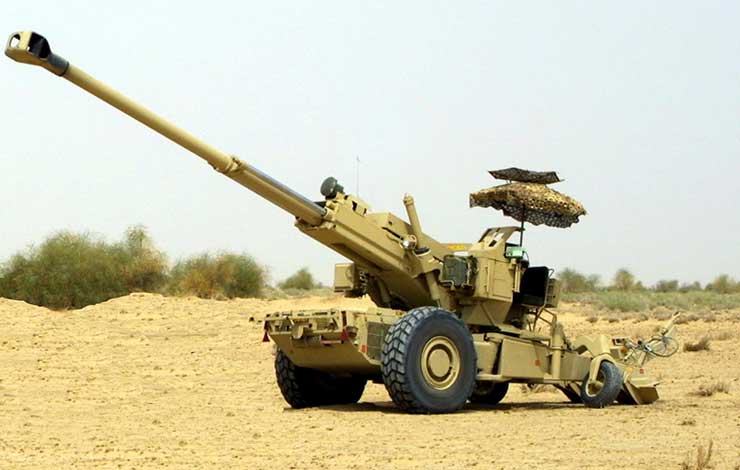
Another niggling problem is manpower. A global shortage of relevant industrial and engineering talent is one of the biggest challenges to ‘Make in India’ achieving its goals for the defence sector. For instance, in aerospace alone, 100,000 new skilled workers are required in India every year over the next decade for manufacturing, maintenance, repair, overhaul, operations and R&D. India’s engineering and technical graduates are currently not equipped to enter the cutting-edge world of weapons.
Empire fights back
Since the Jeep import scandal that took place during the Nehru years, India’s defence imports have been plagued by a series of scams. From the Jaguar acquisition, which implicated defence minister Jagjivan Ram, to Bofors, which destroyed Rajiv Gandhi’s image as Mr Clean, to the Agusta-Westland choppers bribery scandal, which threatens to implicate Sonia Gandhi, there is a clear trail of corruption leading to the highest levels of the country.
Worryingly, these scandals show that it is in the interests of some to scuttle indigenous defence projects. R.S.N. Singh, a former military intelligence officer who later served in the Research & Analysis Wing, writes in Canary Trap about the Chandigarh Gang that surfaced as the “mainstay of the international arms lobby” during the decade-long UPA rule. “This gang is not necessarily in Chandigarh alone, but nevertheless is centred around it,” Singh writes. “It comprises some retired officers, politicians, journalists and prominent newspapers.”
It appears that those who benefited for decades from high-value defence imports have now been shut out of the decision-making process and are out of the loop. They will be desperate to make a comeback. The 2019 election result will thus be a major watershed for India’s defence sector. In case of change in the government after the ongoing Lok Sabha elections, the global arms manufacturers and their friends in the import lobby would try to use all the tricks at their disposal to derail the indigenisation strategy with the help of pliant politicians.
An electoral setback for the current government could become a setback to defence indigenisation. According to Nirbhay Sharma of the Observer Research Foundation, “India has already missed two acquisition cycles and any let-up at this stage in carrying out major structural and procedural changes in the government’s policy would result in heavy dependence on foreign sources, defeating the goal of achieving self-reliance. It is understood that the complexities and sensibilities of the matter demand a balance in its process – transparency, probity and fair competition with quality control, cost effectiveness and timely delivery.”
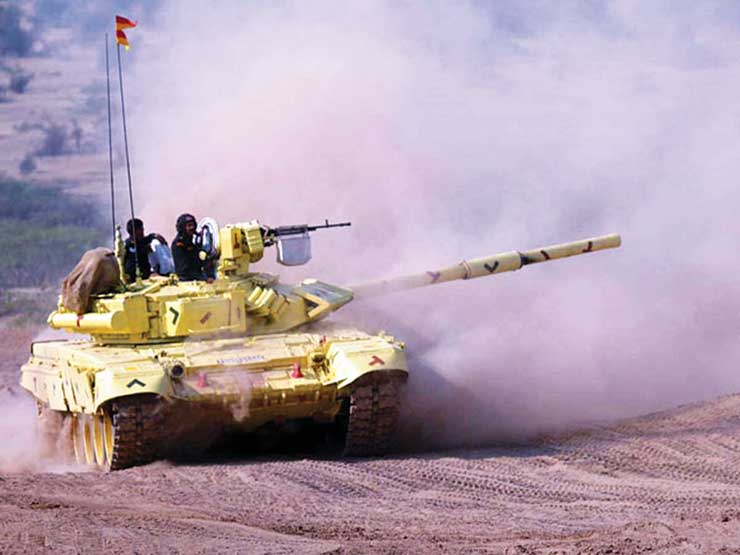
The current process of reforms and incubation of the Indian private sector companies in the defence sector must continue for several years – ideally a decade – for the defence industry to attain critical mass. The best illustration is the success of India’s IT sector, which started getting noticed as a global player in the early 1990s as soon as P.V. Narasimha Rao’s economic reforms kicked in. Today, it requires no handholding by the Centre and is one of India’s largest employers.
The defence industry could achieve greater success because of the very nature of the industry – every rifle, tank, missile, ship and aircraft produced involves thousands of subcomponents which will create lakhs of jobs downstream. And that’s not counting the civilian spinoffs – military products that may have civilian. American analogues include Teflon and Hummer.
Final test
According to the US-based procurement website Defense Industry Daily, the current government’s policies have achieved what 60 previous years couldn’t but more needs to be done. “Ultimately, the real question in India is the extent of true domestic competition for defence funding. The circumstances seem favourable: this government is more committed to competition, has a more instinctive understanding of for-profit industry, and harbours greater awareness of the severe capacity constraints of the traditional public sector undertakings.”
It is through this prism that the industry should consider its opportunities. “The desire for more indigenous development and production will continue in an avowedly nationalist government,” DID concludes. “Nevertheless, global defence firms may be able to develop deeper and more fruitful partnerships with emerging private sector defence firms in India, perhaps even leading to greater exports of Indian content – much praised, but rarely experienced to date.”
Self-reliance in defence technology and production is a pre-requisite for any nation that aspires to become a great power. For the first time since independence, India is uniquely positioned to create a vibrant defence manufacturing ecosystem that can help achieve self-reliance. As Modi said at Aero India 2019, “We have a reputation as the largest importer of defence equipment in the world. That may be music to the ears of some of you here. But this is one area where we would not like to be No. 1.”
–The author is a New Zealand based defence analyst. His work has been quoted extensively by leading think tanks, Universities and publications world wide.








